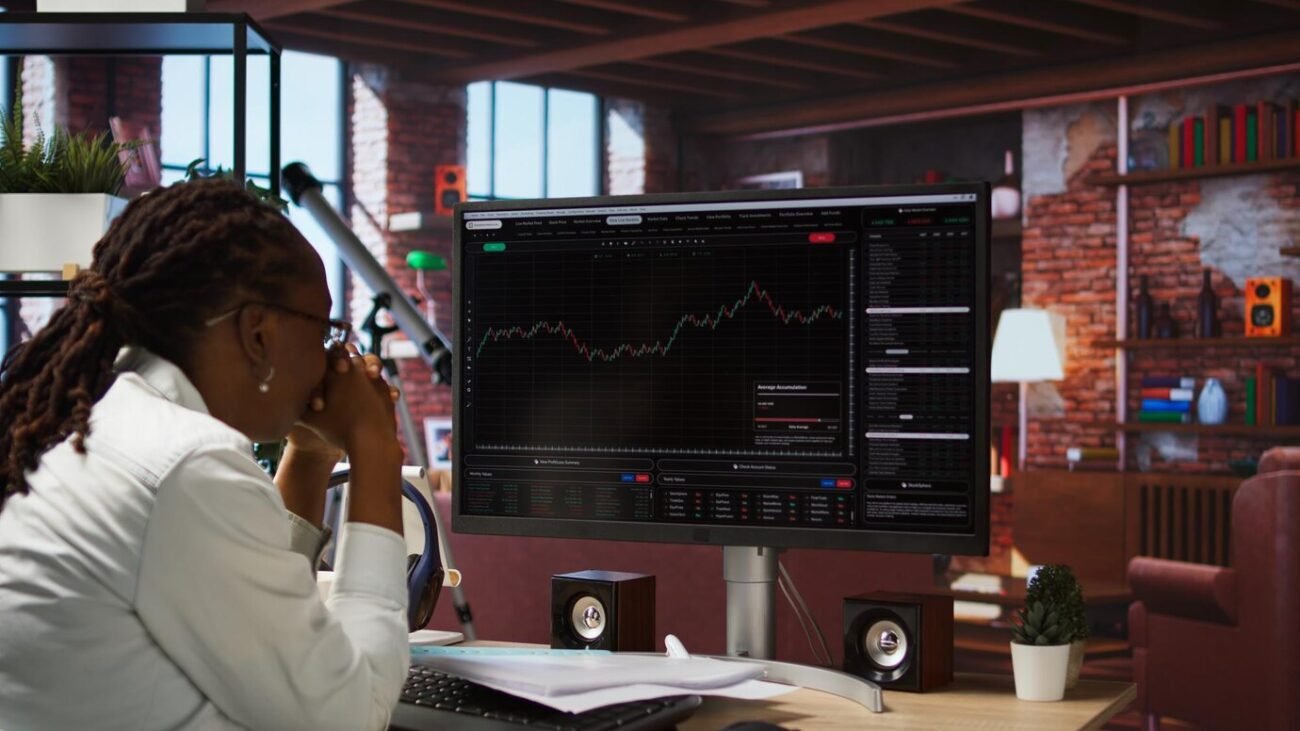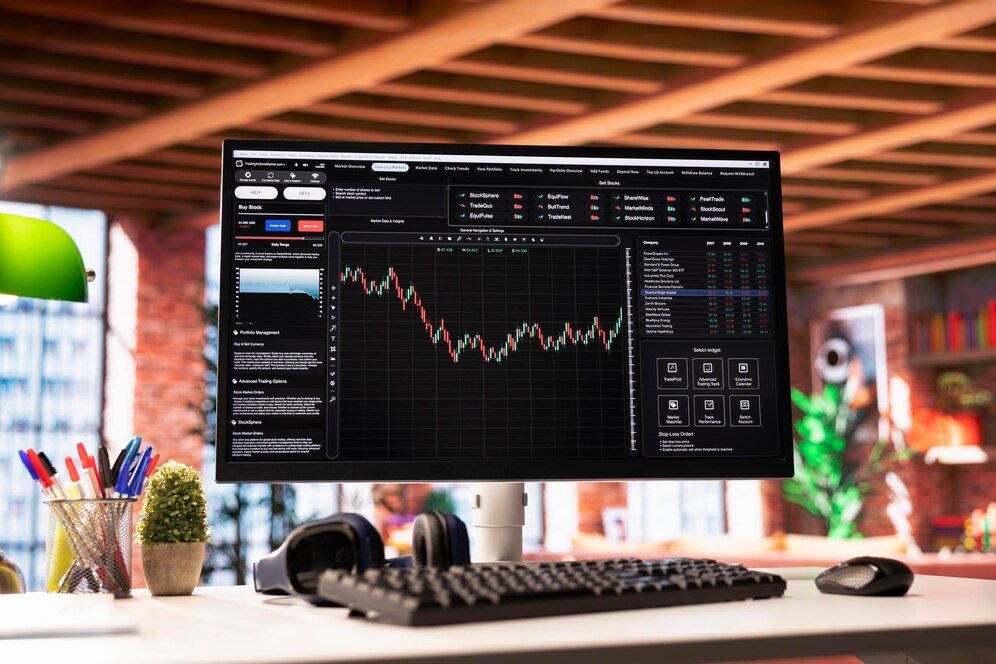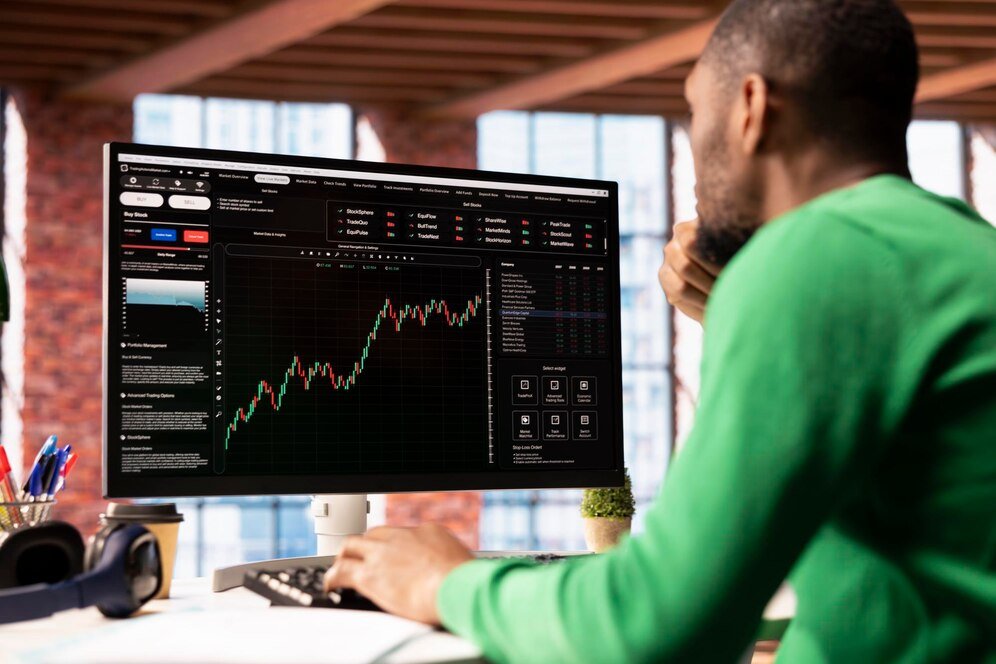Liquidity is a critical factor in the cryptocurrency market, influencing how easily you can buy or sell assets without affecting their price. Understanding liquidity on cryptocurrency exchanges can help you make informed trading decisions and minimize the risks associated with volatility. Here’s a guide on how to evaluate liquidity on cryptocurrency exchanges.
1. Understanding Liquidity
Liquidity refers to the ease with which an asset can be bought or sold in the market without causing a significant impact on its price. In the context of cryptocurrency exchanges, high liquidity means that there are plenty of buyers and sellers, allowing for swift transactions and minimal price fluctuations.
Key Types of Liquidity:
- Market Liquidity: The ability to execute large trades without affecting the asset’s price significantly.
- Funding Liquidity: The availability of cash or cash-equivalent assets to traders for their transactions.
2. Check Trading Volume
One of the most straightforward ways to assess liquidity is by examining the trading volume of the cryptocurrency you’re interested in. High trading volumes generally indicate better liquidity.
How to Analyze Trading Volume:
- Daily Trading Volume: Look for the total amount of an asset traded over 24 hours. Higher volumes suggest more activity and better liquidity.
- Volume Trends: Track how trading volume changes over time. Consistent high volumes indicate ongoing interest in the asset.
3. Examine Order Book Depth
The order book is a real-time list of buy and sell orders for a specific cryptocurrency. Analyzing the order book can provide insights into liquidity.
Key Aspects of Order Book Depth:
- Bid-Ask Spread: The difference between the highest price a buyer is willing to pay (bid) and the lowest price a seller will accept (ask). A narrower spread indicates higher liquidity.
- Order Sizes: Look at the sizes of the buy and sell orders. Large orders close to the market price suggest that you can execute trades without significant price changes.
4. Analyze Price Slippage
Price slippage occurs when a trade is executed at a different price than expected, often due to insufficient liquidity. Evaluating slippage can help you understand the potential costs of trading.
How to Assess Price Slippage:
- Simulated Trades: Use trading simulations or tools to see how much the price changes when executing a trade of a certain size.
- Historical Data: Review past trades to identify instances of slippage and understand the average slippage for different trading volumes.
5. Look at Exchange Fees
While not a direct measure of liquidity, exchange fees can affect your trading strategy and how much you are willing to trade.
Key Considerations:
- Trading Fees: High trading fees can deter traders, potentially impacting liquidity. Compare fee structures across different exchanges.
- Withdrawal Fees: Consider how withdrawal fees might affect your ability to move assets in and out of the exchange.
6. Evaluate Market Depth
Market depth reflects the supply and demand at various price levels. A deep market typically indicates better liquidity.
How to Analyze Market Depth:
- Depth Charts: Use depth charts to visualize the buy and sell orders at different price levels. A well-distributed order book without large gaps indicates good liquidity.
- Large Orders: Pay attention to the presence of large buy or sell orders. These can indicate strong support or resistance levels.
7. Consider Exchange Reputation and Security
A reputable exchange with strong security measures tends to attract more traders, leading to better liquidity.
Key Factors to Evaluate:
- User Base: Exchanges with a larger user base generally experience higher trading volumes.
- Security Features: Ensure the exchange has robust security to protect user assets, as trust plays a significant role in attracting liquidity.
8. Monitor External Factors
External factors can also impact liquidity, including market sentiment, regulatory changes, and technological developments.
Key Considerations:
- Market Sentiment: Positive news or developments can increase trading activity, while negative news can lead to decreased liquidity.
- Regulatory Changes: New regulations can affect the number of active traders and their willingness to participate in the market.
Conclusion
Evaluating liquidity on cryptocurrency exchanges is essential for successful trading. By analyzing trading volume, order book depth, price slippage, and other key factors, you can make informed decisions that minimize risks and maximize profits. Remember that liquidity can vary significantly between different exchanges and assets, so thorough evaluation is crucial. With a solid understanding of liquidity, you can navigate the cryptocurrency market more effectively and enhance your trading strategy.













